Blue belly lizards, scientifically known as Sceloporus occidentalis, are small reptiles native to North America. These charming creatures, also known as Western fence lizards, are popular among reptile enthusiasts for their vibrant blue bellies and active nature. If you’re considering keeping a blue belly lizard as a pet, it’s essential to understand their lifespan in captivity.
In this article, we will explore the factors that influence their lifespan, their average lifespan in captivity, and tips for ensuring their well-being.
How long do blue belly lizards live in captivity?
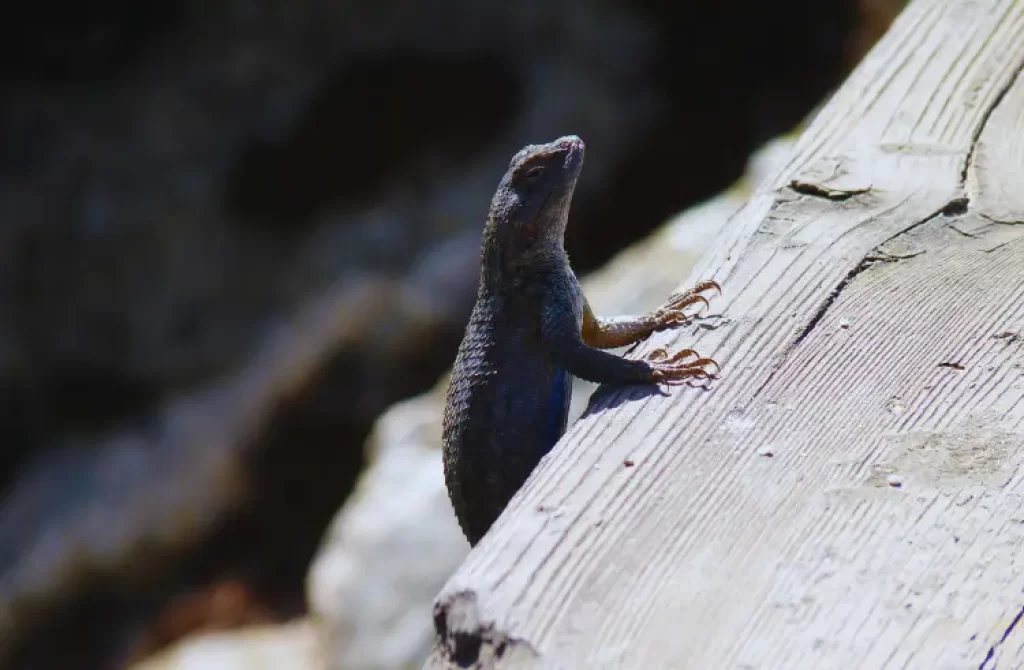
Blue belly lizards, or Western fence lizards, have the potential to live for several years in captivity if provided with proper care. On average, when kept in suitable conditions with a balanced diet, appropriate temperature, humidity, and lighting, they can live for approximately 5 to 7 years.
However, there have been instances where blue belly lizards have lived even longer, reaching up to 15 years or more in captivity. It’s important to note that individual lifespan can vary based on factors such as genetics, overall health, and the quality of care provided.
Factors Influencing Lifespan
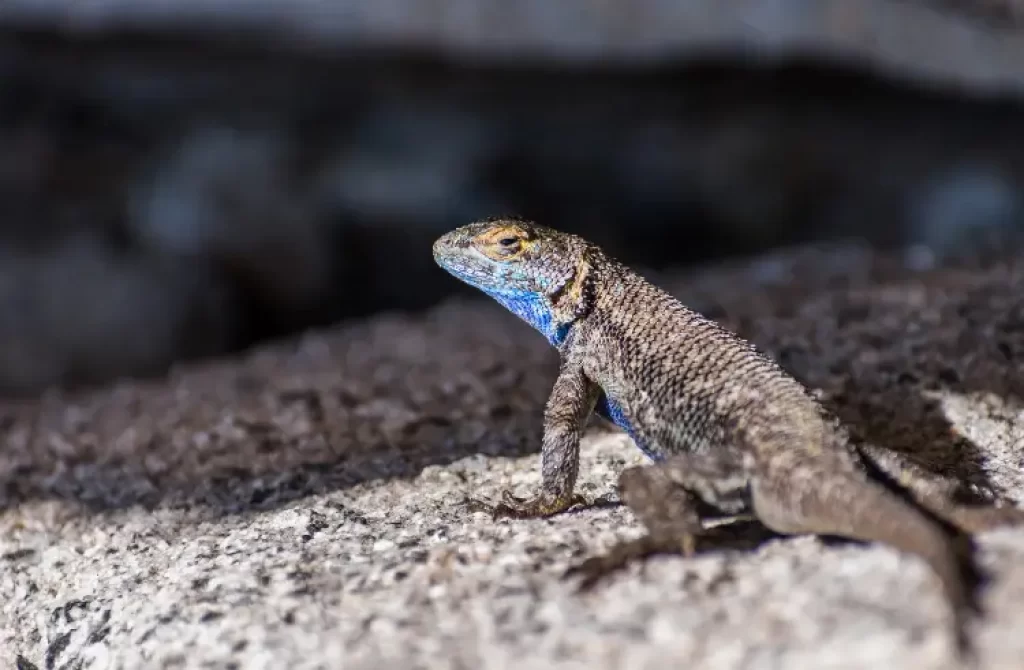
Several factors can influence the lifespan of blue belly lizards in captivity. It’s important to consider these factors when providing the ideal environment for your pet lizard:
- Diet and Nutrition: A balanced diet consisting of live insects, vegetables, and occasional fruits is crucial for their overall health and longevity.
- Habitat and Enclosure: Providing a spacious and adequately heated enclosure with hiding spots, climbing structures, and appropriate substrate is essential.
- Temperature and Lighting: Maintaining optimal temperature gradients and providing UVB lighting is crucial for their metabolic processes and overall well-being.
- Cleanliness and Hygiene: Regular cleaning of the enclosure, proper hygiene practices, and regular veterinary check-ups contribute to their longevity.
- Stress and Handling: Minimizing stress and handling your blue belly lizard with care can help prevent health issues and promote a longer lifespan.
Average Lifespan in Captivity: Blue belly lizards typically have a lifespan of 5 to 10 years in the wild. However, when provided with proper care in captivity, their lifespan can extend beyond 10 years. Many well-cared-for blue belly lizards have been known to live up to 15 years or more in captivity.
Tips for Ensuring Longevity
To ensure a long and healthy life for your blue belly lizard, consider the following tips:
- Provide a well-balanced diet consisting of appropriate live insects, vegetables, and fruits.
- Maintain the enclosure’s temperature and lighting requirements according to their needs.
- Offer hiding spots and climbing structures to mimic their natural habitat.
- Keep the enclosure clean and practice good hygiene.
- Minimize stress by avoiding excessive handling and providing a calm environment.
- Regularly observe your lizard’s behavior and consult a reptile veterinarian if you notice any signs of illness or abnormalities.
Specific dietary requirements that contribute to the longevity of blue belly lizards in captivity
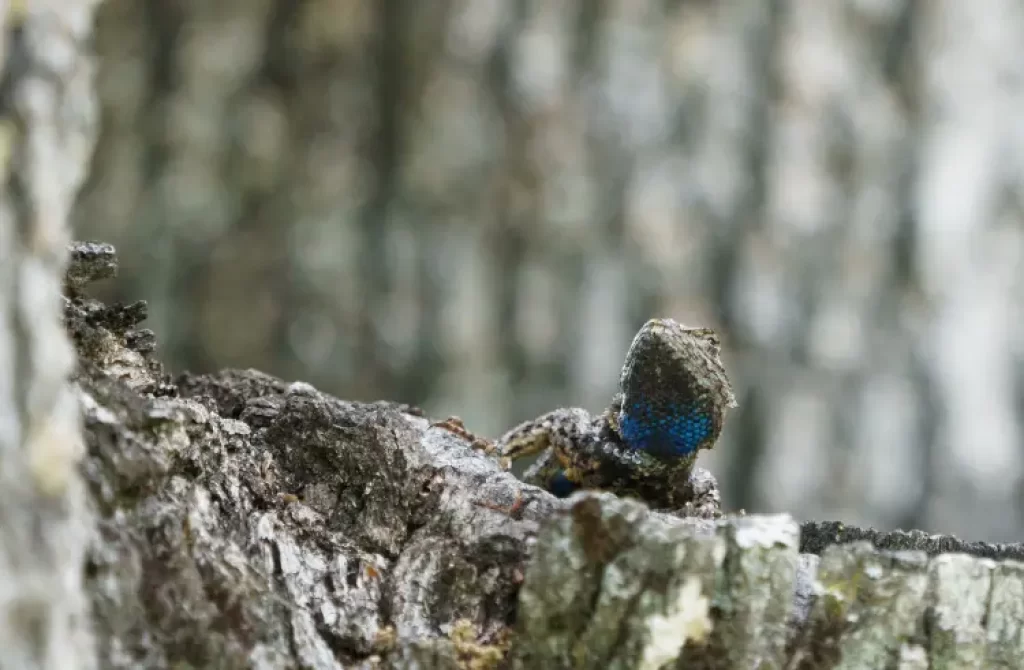
Blue belly lizards, also known as Western fence lizards (Sceloporus occidentalis), have specific dietary requirements that contribute to their longevity in captivity. These requirements mimic their natural diet in the wild and help ensure their overall health and well-being.
In captivity, blue belly lizards thrive on a varied diet consisting primarily of insects. They are insectivorous creatures, and their diet should primarily consist of small invertebrates such as crickets, mealworms, waxworms, and small roaches. These provide the necessary protein, fats, and nutrients that they require to stay healthy.
It’s important to offer a diverse range of insects to meet their nutritional needs. Gut-loading the insects with nutritious foods before feeding them to the lizards is also beneficial. This ensures that the lizards receive a well-rounded diet that includes vitamins and minerals.
In addition to insects, blue belly lizards may occasionally consume small amounts of fruits, vegetables, and leafy greens. However, their diet should primarily consist of insects, as these provide the essential nutrients they need.
Proper supplementation is also crucial for their longevity. Calcium and vitamin D3 supplements are typically provided to prevent nutritional deficiencies and promote healthy bone development. It’s important to consult with a reptile veterinarian or experienced herpetologist to determine the appropriate supplementation regimen for your blue belly lizard.
Hydration is another essential aspect of their diet. Blue belly lizards should have access to clean, fresh water at all times. A shallow water dish or a misting system can be provided to ensure they stay properly hydrated.
It’s worth noting that providing a suitable enclosure with proper temperature and lighting conditions, as well as regular veterinary check-ups, also contributes to the overall health and longevity of blue belly lizards in captivity.
How often do blue-belly lizards eat?
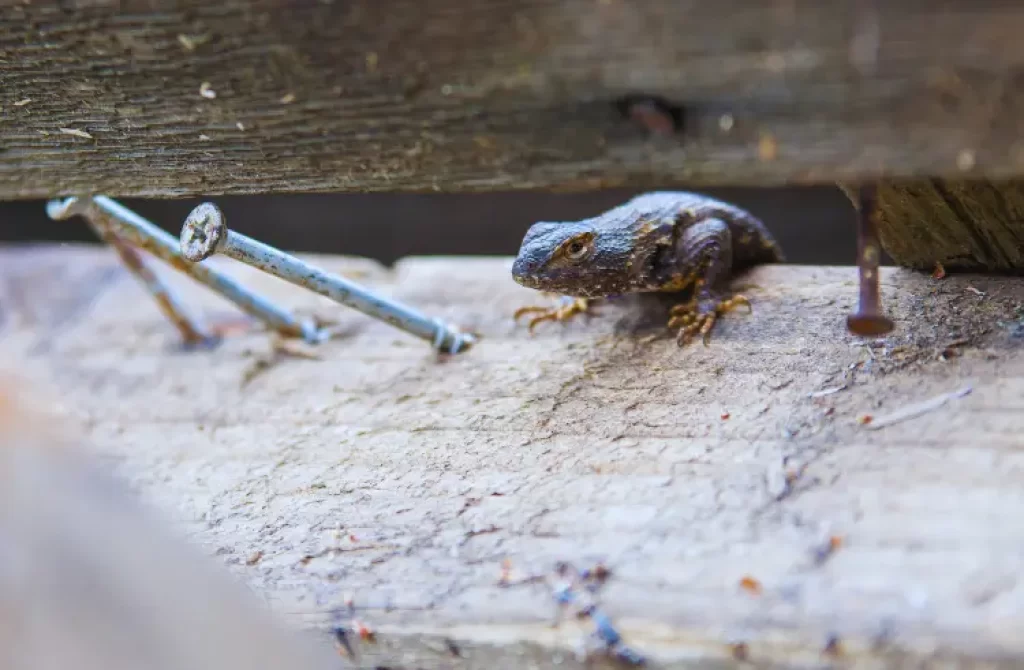
Blue belly lizards, or Western fence lizards, typically have an active appetite and feed regularly. The frequency of feeding can vary depending on factors such as age, size, activity level, and overall health of the lizard. As a general guideline, it is recommended to offer food to blue belly lizards every 1-2 days.
Juvenile blue belly lizards have higher metabolisms and may require more frequent feeding. They may be fed smaller portions of appropriate-sized insects every day or every other day to accommodate their growth and energy needs.
Adult blue belly lizards can be fed every 1-2 days. It’s important to monitor their body condition and adjust the feeding schedule accordingly. If a lizard appears overweight or shows signs of reduced appetite, feeding frequency can be reduced.
On the other hand, if a lizard seems underweight or has a voracious appetite, more frequent feedings may be necessary.
Conclusion
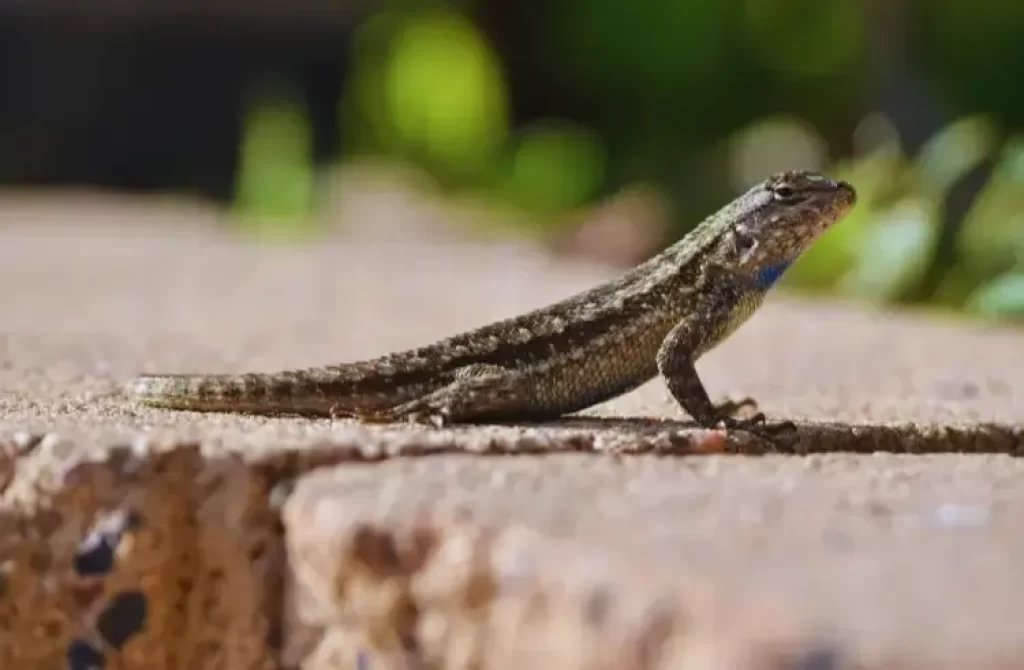
Blue belly lizards make fascinating and engaging pets for reptile enthusiasts. While their lifespan in the wild is relatively short, providing optimal care and attention in captivity can significantly extend their lifespan.
By understanding their needs, providing a suitable environment, and offering proper nutrition, you can ensure a long and fulfilling life for your blue belly lizard. Remember, responsible pet ownership and continuous learning are key to maintaining the health and well-being of any reptile in captivity.







